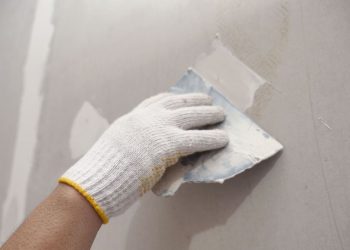An estimated one in three struggling federal student loan borrowers who join a rehabilitation program for their defaulted loans will default again within two years, a federal report has found.
The reasons center around how poorly the rehabilitation programs are run, according to a report by the student loan ombudsman at the Consumer Financial Protection Bureau (CFPB). For example, some borrowers said payments they made to debt collectors were calculated incorrectly or not credited properly to their account.
One debtor who completed rehabilitation faced immediate delinquency because his monthly payment jumped to $1,000 when his account was transferred to a new servicer that wasn’t informed about the borrower’s new financial circumstances, the report found.
The report estimated that 200,000 student loan borrowers would redefault over the next two years, despite the default rate for new federal student loan borrowers declining over the last three years.
Loan rehabilitation programs can be offered to borrowers after they stop making loan payments and default on a federal student loan. The programs offer reduced monthly payments with the stipulation that borrowers work with a debt collector to make nine on-time payments to clear the default.
Then, borrowers can switch to a traditional loan servicer and apply for flexible repayment programs.
Rehabilitation can be used just once. If they default again, borrowers may remain there indefinitely and have their credit damaged, have their income tax refunds seized, and have wages garnished.
The CFPB recommended that the rehabilitation process be simplified with a clear and consistent path out of default. Until then, it recommends to borrowers that they stay in contact with collectors and servicers by checking if payments are properly applied and keeping up with paperwork for the transition.
Borrowers can file a complaint with the CFPB and use its student-loan debt repayment tool to determine the best way to pay off their student loans.
Another option for getting federal student loans out of default is to consolidate the loans and immediately enter a flexible repayment program. But consolidation can add higher fees to the loan balance and it may take longer to restore a borrower’s credit.
An advantage of rehabilitation, however, at least for debt collectors, is that if they contract with the federal government on a rehabilitation, they can receive up to $1,710 for each loan rehabilitation, compared to $150 for a loan consolidation.
I hope you found this information helpful. Please contact me for all your real estate needs today!











